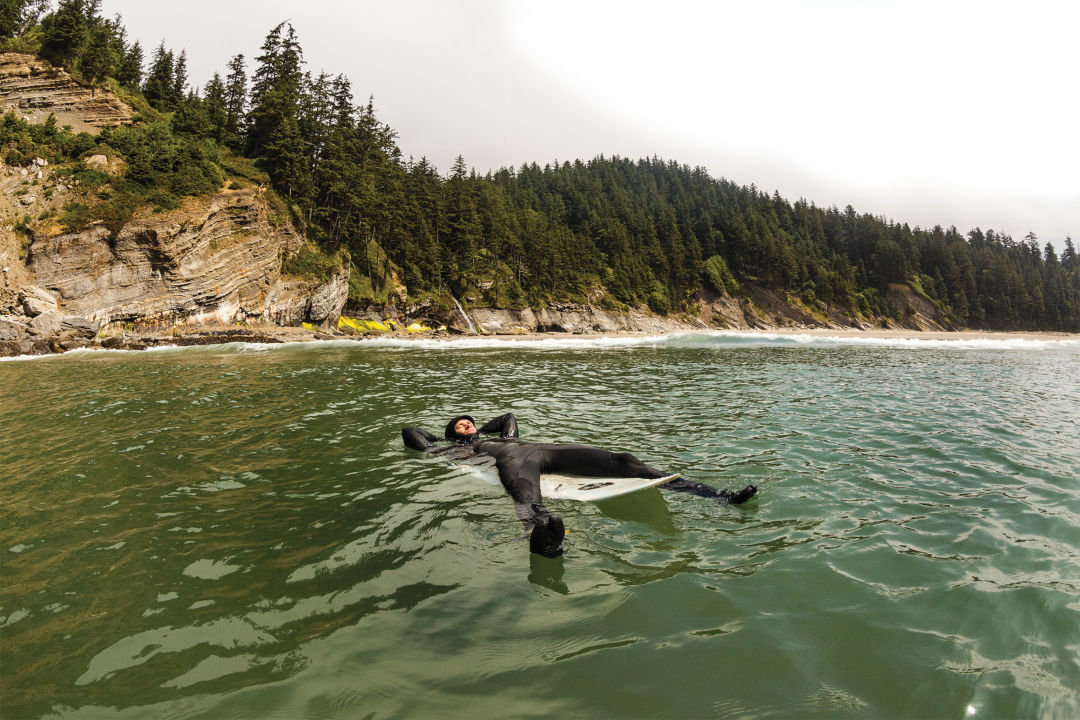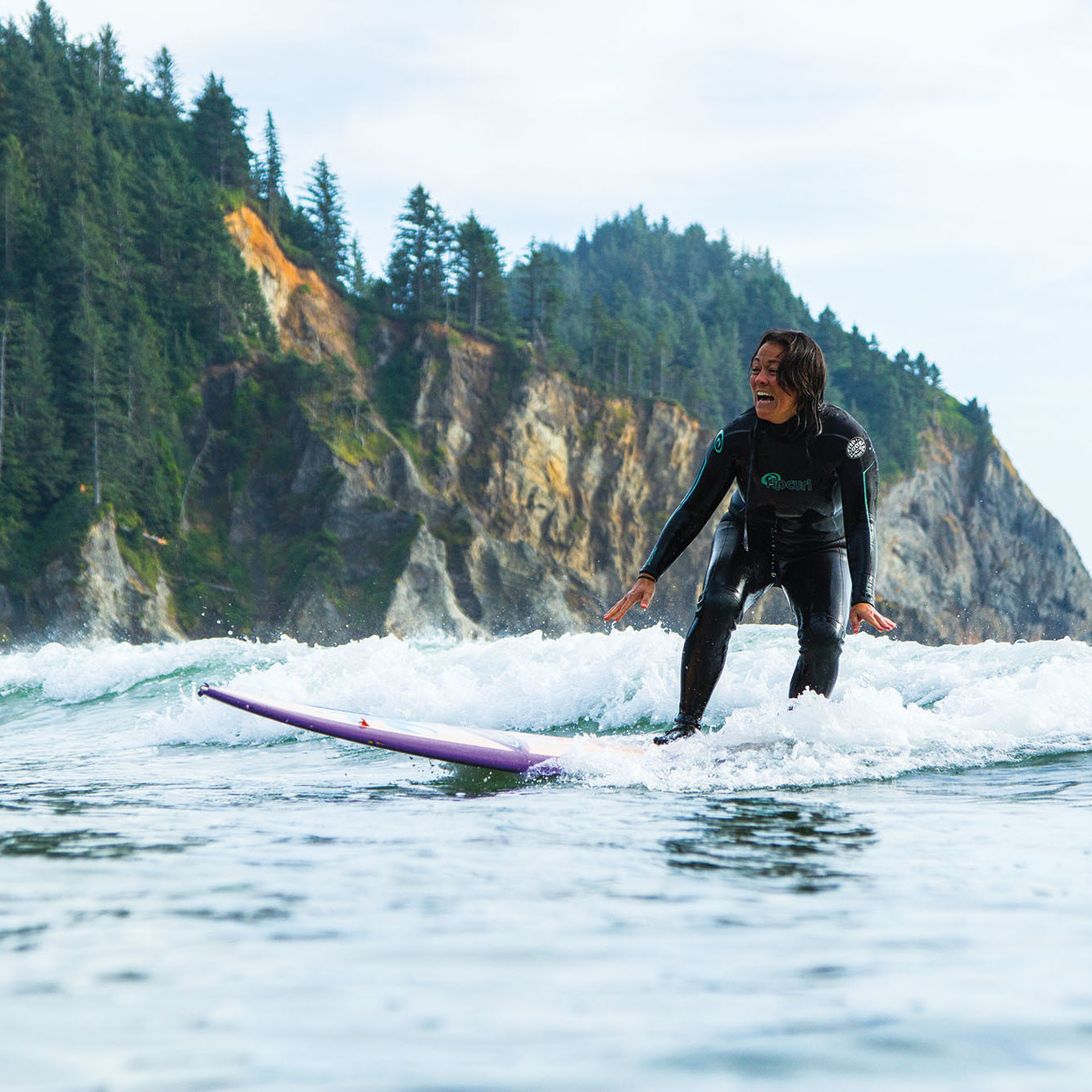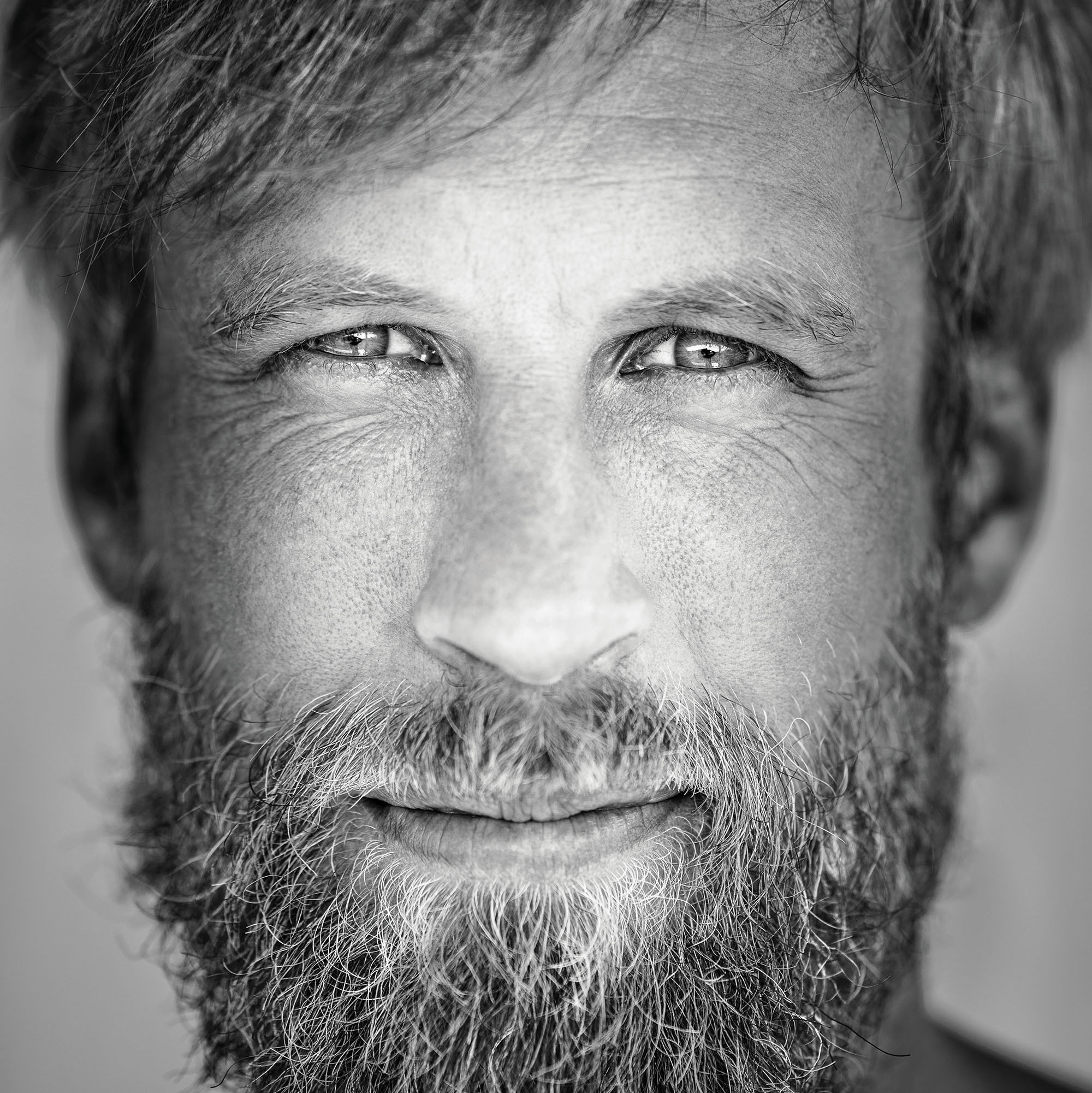The Future of Surfing Is Neoprene Supreme

Image: Courtesy Ben Moon
Why are there so manymore surfers on the Oregon Coast than there used to be? Sheer population growth, surf-savvy California expats, and media mainstreaming are common culprits. But the one reason everyone can agree on? Wetsuit technology. Yup—that neoprene sea lion cosplay outfit that lets you splash in 50-degree water for hours on end. Every few years, the wetsuit takes one step away from rubber straitjacket and toward smooth second skin.
In Oregon, you’re likely to be wearing a 5-millimeter suit, typically the second-warmest class of wetsuit. (Suits range from 1.5-millimeter neoprene skins meant for sunny Hawaiian waves to 6-millimeter-thick barriers for Icelandic surfing.) Until the ’90s, a 5 meant you were wearing a stiff, thick, nearly-impossible-to-remove sarcophagus. Today’s cold-weather suits are flexible enough to surf in all day long with relatively little fuss. Lighter, warmer, airier foam; quick-drying, super-insulating linings; fewer seams; and anatomical fits (now for more than just one gender!) are all factors in the wetsuit arms race between big-name companies like Xcel, Billabong, Rip Curl, and others. (PSA: while you’re shopping around, remember almost all wetsuits get their neoprene from the same factory in Taiwan.) Some companies, like Patagonia, have been pioneering neoprene alternatives, like FSC-certified plant-based Yulex, to combat the environmentally unsound industry standard.
Whether you’re pulling on a gently peed-in rental suit or forking over $600 for a premium brand, remember that in this golden age of wetsuits, even the most basic flap of neoprene will grant you years of fun on the blustery, brain-freezing Oregon coast.








